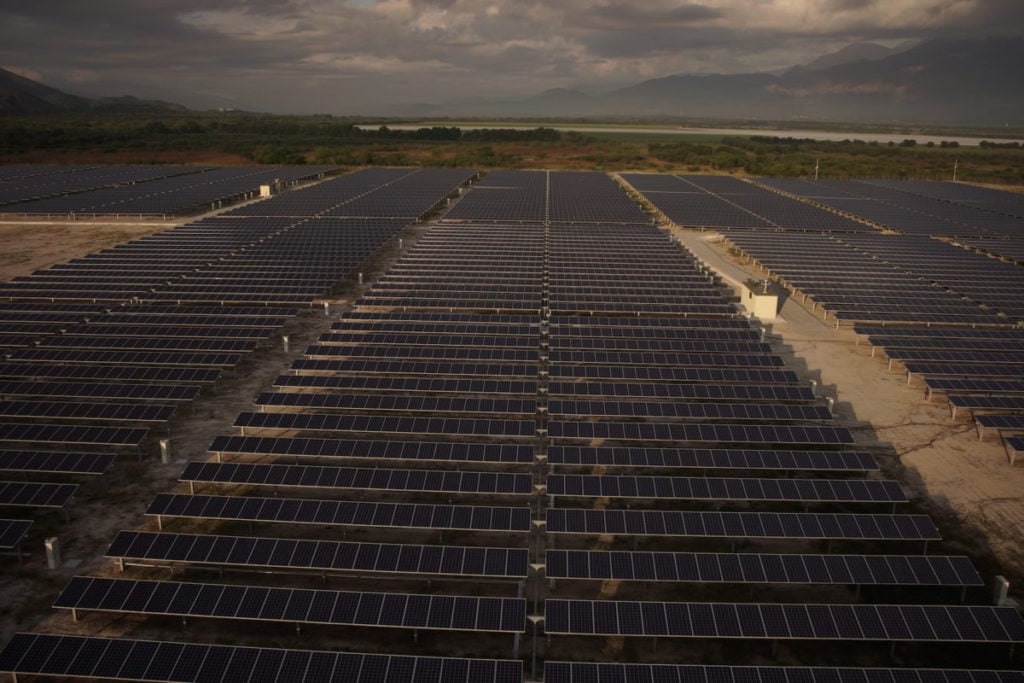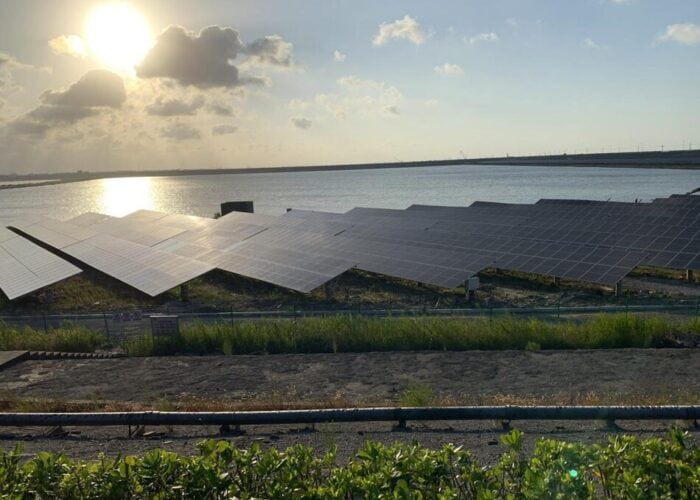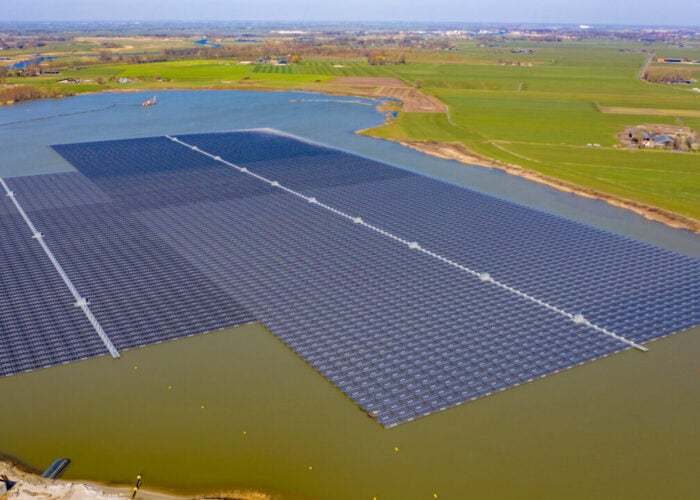
Solar PV deployments increased by 85% year-on-year in 2023, more than any other renewable technology in a year which saw clean energy deployments curb the rise in carbon emissions. This is according to two reports published this week by the International Energy Agency (IEA).
In combination, the Clean Energy Market Monitor and CO2 Emissions Report documents show that, despite global energy-related carbon dioxide emissions reaching record highs in 2023, the acceleration of renewable energy deployments – led by solar PV – staid the increase in harmful emissions considerably.
Unlock unlimited access for 12 whole months of distinctive global analysis
Photovoltaics International is now included.
- Regular insight and analysis of the industry’s biggest developments
- In-depth interviews with the industry’s leading figures
- Unlimited digital access to the PV Tech Power journal catalogue
- Unlimited digital access to the Photovoltaics International journal catalogue
- Access to more than 1,000 technical papers
- Discounts on Solar Media’s portfolio of events, in-person and virtual
Or continue reading this article for free
According to the IEA, the world deployed 420GW of solar PV capacity in 2023, a vast 85% increase from the 228GW installed in 2022. 261GW of this new capacity was deployed in China, followed by the European Union (53GW), the US (32GW) and India (12GW). Aside from India, all of the above saw significant increases in their capacity additions YoY – once again China left all other markets in the dust, rising 261% from 100GW in 2022 to 261GW in 2023.
India’s drop-off was due to a decline in government auction volumes for solar PV capacity in preceding years, which has left 2023 deployment figures wanting.
This explosion in deployments was partially made possible by the steep decline in solar module prices that occurred over 2023, driven by Chinese manufacturers. The IEA figures serve as a reminder that, whilst much industry coverage of price declines has focused on the challenges this creates for the manufacturers themselves – such as PV Tech Premium’s recent interview with leading producer JinkoSolar – declining prices are a boon for global renewable energy deployments.
These towering deployment figures build on an IEA report from January which said that electricity generation from low-carbon sources (solar, wind, nuclear, hydro etc.) would be sufficient to account for all electricity demand growth until 2026.
117GW of wind power, 5.5GW of nuclear power and 108GW of heat pump sales also contributed to 2023’s sum total of deployments, the IEA said.
A report from Bloomberg New Energy Finance (BNEF) in January showed that US$1.8 trillion of investment went towards renewable energy generation and storage in 2023, an increase which is welcome but insufficient to reach net zero targets. By contrast, the same report found that investment into solar manufacturing capacity had exceeded the levels necessary for all capacity additions through 2030.
Carbon emissions
The IEA’s CO2 report shows that global carbon emissions rose 1.1% in 2023, reaching a historic high. Whilst this is concerning news in terms of overall efforts to tackle climate change, the comparative rise in emissions is lower than in 2022 (1.3%). Without the expansion of renewable deployments, this figure would have been significantly higher, the IEA said, as the world would have been forced to rely more heavily on fossil fuels.
IEA’s data also contains a large caveat: global droughts – in China, the US and several other regions – caused a steep drop-off in hydropower generation over 2023. Over 40% of the rise in emissions was accounted for by the absence of expected hydropower capacity, as governments turned to fossil fuels to fill a gap that would otherwise have been filled with low-emissions technology.
Had these droughts not occurred, the IEA said that global emissions from electricity generation would have fallen, which would in turn have significantly lessened the increase in total emissions.
Since 2019, the overall growth of renewable energy capacity has more than doubled that of fossil fuels, the IEA said. A BNEF report published last week predicted that 2024 would see that trend continue, particularly for solar PV – the analyst firm predicted that this year could end with 655GWdc of new solar capacity on the ground.







